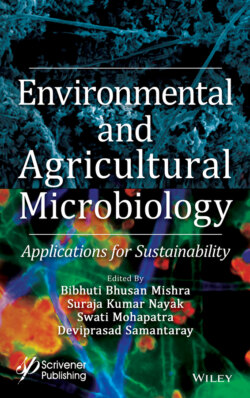Читать книгу Environmental and Agricultural Microbiology - Группа авторов - Страница 75
4.2.4 Fungal Degradation of Nylon 6 and Nylon 66 (Synthetic Polyamide)
ОглавлениеNylon 6 is synthesized via ring-opening polymerization of the ε-caprolactam (Figure 4.2) and comes with various commercial names such as perlon, nylon, and steelon. A semi-crystalline linear PA is obtained from ring-opening polymerization of ε-caprolactam in the presence of a tin octoate catalyst [12–14]. In the presence of carbon and nitrogen loving fungi, ε-caprolactam is also degraded. Due to the strong interaction of hydrogen bonding, the degradation rate is slow, but some microorganisms can be degraded PAs, including the bacterial genera Pseudomonas, Achromobactor, and Corynebacterium and Bjerkandera adusta [12–15]. However, some of the authors reported the two kinds of fungal genera, which are lignolytic fungus Phanerochaete chrysosporium NCIM 1073 and Tarmetes versicolor NCIM 1086 in submerged cultivation using nitrogenous nutrient as a stimulator.
Figure 4.2 Ring-opening polymerization of caprolactam.
Both white-rot fungi are well known for lignolytic activity, which attacks the lignin. PA sheets were exposed through submerges cultivation process for microbial degradation, and nylon sheets decreased its thickness and molecular weight. Jozefa Friedrich et al. (2007) had tested 58 fungi for their degradation ability; out of these fungal strain, two fungi were more labile toward the degradation. The white-rot fungi, B. adusta and P. chrysosporium can degrade the polymer, but especially the Bjerkandera adusta disintegrated the fibers. U. Klun et al. (2003) were also tested the same kind of fungus P. chrysosporium that is well known for its lignolytic activity [12–15]. Abiotic (PA-6 placed without fungus) showed a partially weight loss, which means lesser than biotic (PA-6/fungus). Degradation of nylon-6 was observed in the culture of the basidiomycete B. adusta inside the submerged medium, initially break the surface part of the PA. Nylon 6 and Nylon 66 are also degraded in the presence of bacteria Pseudomonas aeruginosa NCIM 2242, which only targets the chain which contains an amide linkage.
